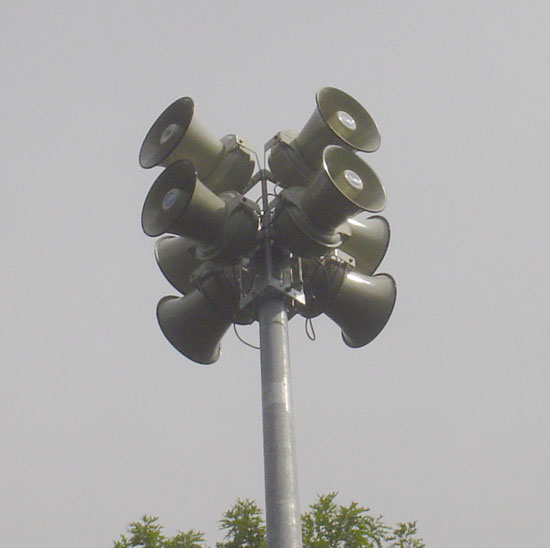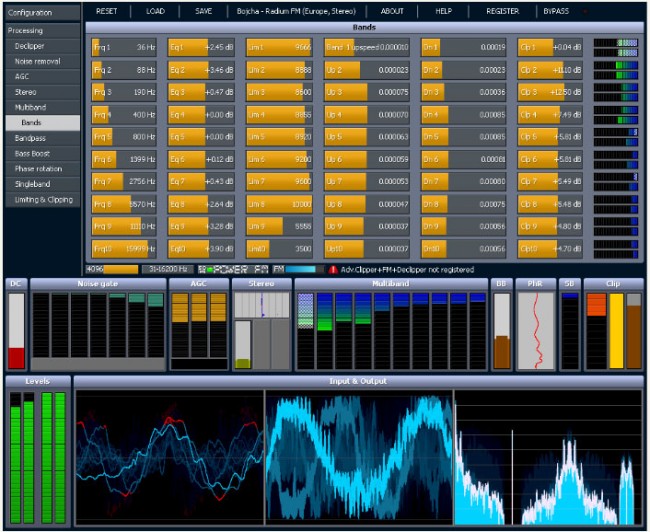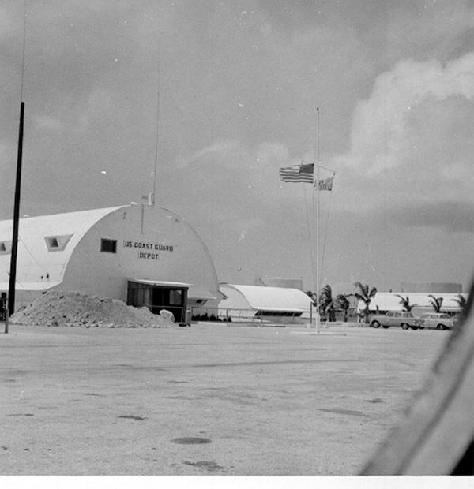EAS, or more properly, the Emergency Alert System, is a government-mandated system of encoders and decoders designed by the federal government to alert the public in case of war or other emergency. It and its predecessor, EBS (Emergency Broadcast System) have never been activated by the federal government. Both systems, however, are used extensively by local and state governments for things like weather alerts, amber alerts, etc.
Back in the mid-90s the FCC had a chance to redo the EBS and produce something that was a streamlined and effective tool for public warning. Unfortunately, the EAS system is neither. Rather, it is a cumbersome system of weekly and monthly tests scheduled around pre-conceived notions that how the system is tested every week will be how the system works in an emergency. In practice, this is generally a good theory of system design, but it has failed miserably with EAS. The reasons why are thus:
- Most all emergencies are local or at most state-wide events. To this day, very few state and or local government emergency managers would be able to activate EAS for their area. The reason is there is minimal if any interface with the LP-1 EAS stations or station personnel. Ignorance and apathy on behalf of both radio station personnel and government officials is the main culprit.
- Most stations are un-maned for large portions of the day. Even if government officials could/did call the station, chances are, nobody would be there. If by chance, arrangements were made to contact station employees at home, they would have to interface with the EAS equipment remotely, which adds complexity to an already complex system.
- EAS messages are still mainly relayed from radio station to radio station, the so-called daisy chain network that has been shown numerous times to be unreliable.
- The system of SAME codes, FIPS identifiers is not necessarily bad, the application in this case leaves something to be desired. The FCC had a chance to update EAS before the HDTV rollout. One would assume that any improvements could have been built into the new TV sets that are now being sold, but again, that opportunity was missed. For example, I suggested that each TV have a set-up screen option where the owner could input their zip code. They could also choose what types of alerts they would want to know about and even base the alerts types on the time of day. Live in a flood zone, the FFW (Flash Flood Warning) 24/7. Live in tornado alley, TOR (Tornado Warning), etc. The cable companies then pipe in the local NOAA all hazards radio station. All the sudden there is a real national alert system in place using mostly non-broadcast wireless systems. Add to that the ability to sign up for emergency e-mails and text messages for specific areas (many places are currently doing this) and there is multiple message paths.
The system as is not reliable and sooner or later that will be shown with a large-scale failure. Recently, the FCC held a summit with the Department of Homeland Security. The cliff notes version of this event is: Yes, the system can be made better. Let’s keep throwing the same ideas at the wall and see if anything sticks this time. Excuse me if I don’t do back flips, this is the same information that was discussed during the last “let’s revamp EAS” discussion back in 2005 (04-296).
In the meantime, the EAS continues to be a good fundraiser for the FCC enforcement bureau. Which, you know, it is easier to go to a licensed radio station and bust them for not re-transmitting the RMT (Required Monthly Test) than it is to go out and bust some of the numerous pirate radio operators, some of whom are operating in the same city/metropolitan area as a field office.
The shame of it is, it could work without a great deal of cost, very well.







I remember the test of the Conelrad system in 1960. It had 3 local stations on 640 kHz, and the other 3 local stations on 1240 kHz.. It was extremely fun to hear the switch of signal strengths and different audio qualities of the stations during the test, A station would be on for about 20 seconds and then would be replaced by another to confuse the homing receivers in enemy missiles. After the enemy’s technology caught up, the Conelrad system was instantly obsolete. Thereafter, the dominate AM in an area became the master station and sent tones to trip receivers at the sub-servant stations to simultaneously broadcast the warning message. This system worked well, but the bureaucrats had to have some new ‘digital gimmick’. The system today starts with an irksome noise hamming code, followed by some very distasteful announcement similar to CB radio. I’ve even heard “Yellow Alerts” go out because of a child abduction! What’s next, having the President push a button and go on the air over every broadcast station in the country?? It really seems to have gotten way out of hand.